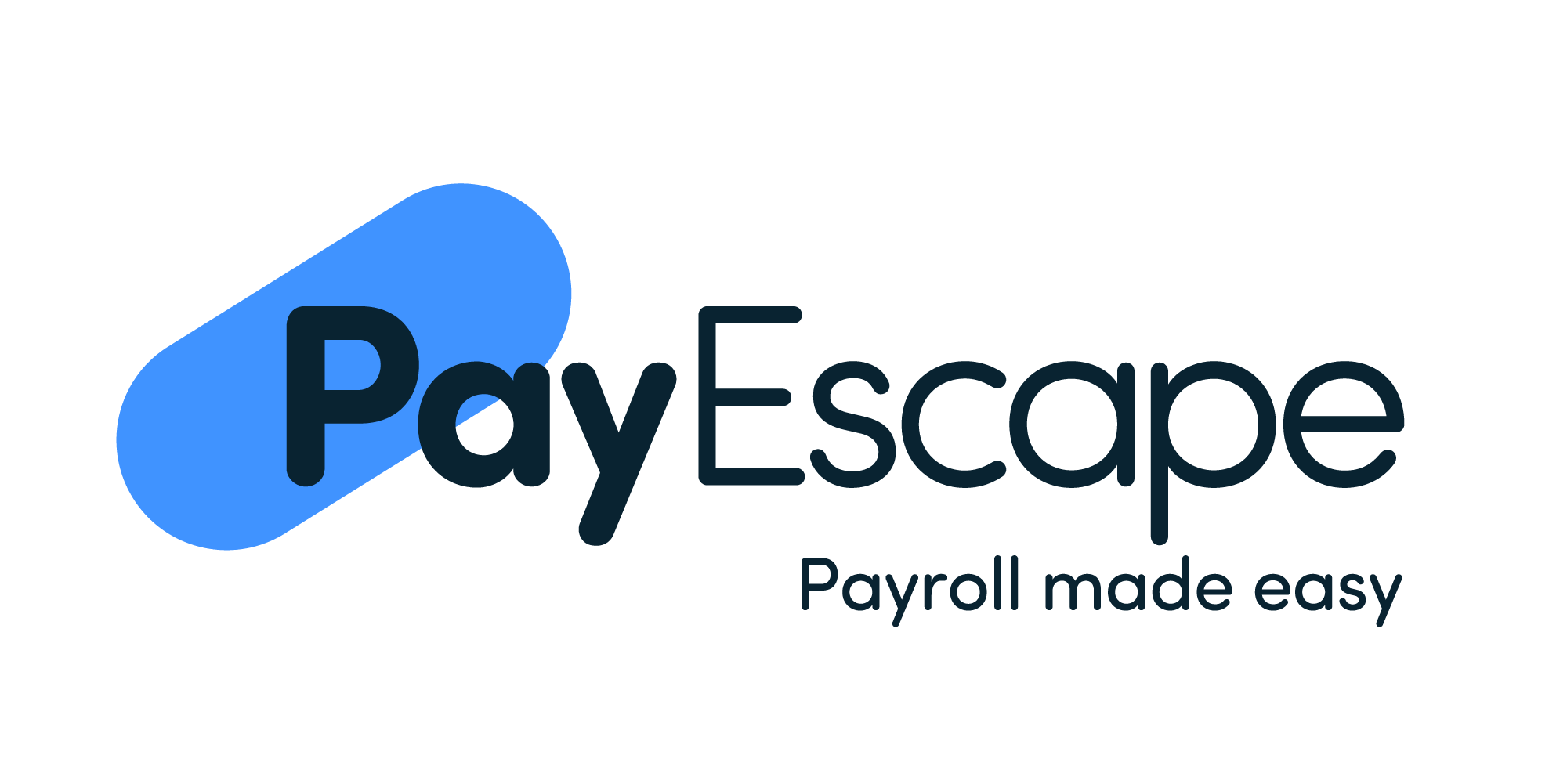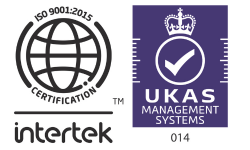Recent reports from the business news of Wales reported that a quarter of all PAYE employees received incorrect paycheck at least once throughout their career, which left many struggling to pay bills.
25% of employees on the PAYE system paid incorrectly
The Global Payroll Association surveyed 4,248 employees in the UK who are currently paid from the PAYE system to understand how often errors in payroll occur, the impact they have on employees, and how long payroll mistakes can take to rectify. From this survey, employees were asked if their current employer had paid them incorrectly during their employment, a huge 25% said ‘yes’.
It was reported that in 78% of these cases, the mistake was that the employee was paid too little. And in 19% of cases the employee was paid too much, with 3% of cases reporting they weren’t paid at all. 46% of payroll mistakes came from miss calculation from human error when calculating
In almost half of cases (46%) the mistake arose from human error when calculating the employee’s wages.
It was reported that PAYE failed 29% to include the correct bonuses or overtime pay. A huge 56% of mistakes with paychecks take more than a week to be corrected while only 13% of errors are fixed on the same day.
The Global Payroll Association reported that this has a “real impact” on the personal finances of any affected employees, with 28% saying the error caused them to have difficulty paying bills or rent.
Melanie Pizzey, CEO and Founder of the Global Payroll Association, said:
“The payroll department is the coalface of employee relations. If you’re not paying your team correctly and promptly, it threatens to obliterate trust and makes it hard for employees to feel that they are truly respected by the company they work for.
“Businesses of all sizes can take simple, effective measures to make sure their payroll systems are as accurate as can be, but even then, mistakes can still happen.The important thing is how a company responds when a member of their team reports a mistake in pay.
If the payroll department can respond quickly and compassionately, the mistake is likely to be entirely forgiven and forgotten about. But if the employee is left waiting for a week or more for the mistake to be corrected, it can breed very understandable resentment.”
How to correctly calculate and manage payroll
Avoiding these mistakes is a crucial part of managing a business as payroll is one of the most critical functions for any business, ensuring employees are compensated accurately and on time. The PAYE system involves calculating wages, withholding taxes, and maintaining compliance with UK labour laws.
If your business is making human errors on several occasions you may want to look into outsourcing your payroll to a payroll software provider, like PayEscape. Below we have put together simple steps to help you manage your payroll inhouse and avoid business penalties.
Step 1: Collect Employee Information
Start by gathering essential details for each employee, including:
- Full name
- National Insurance (NI) number
- Address
- Date of birth
- Job title and role
- Employment start date
- Salary or hourly wage
- Tax code
Step 2: Determine Gross Pay
Gross pay is the total earnings before any deductions. It varies based on the type of employee:
- Salaried Employees: Divide the annual salary by the number of pay periods in a year.
- Hourly Employees: Multiply the number of hours worked by the hourly rate. Include overtime pay, typically paid at an enhanced rate for hours worked beyond the standard working hours.
Step 3: Calculate Deductions
Deductions fall into several categories:
- Income Tax: Use the employee’s tax code to determine the amount of income tax to be withheld. HM Revenue and Customs (HMRC) provides tax tables and online calculators to assist with this.
- National Insurance Contributions (NICs): Both employees and employers contribute to NICs. The rates and thresholds are provided by HMRC and depend on the employee’s earnings.
- Student Loan Repayments: If applicable, deduct student loan repayments based on the plan type and the employee’s earnings.
- Pension Contributions: Auto-enrolment pension contributions are mandatory for eligible employees. The minimum contribution rates are set by the government.
- Other Deductions: This includes child maintenance payments, salary sacrifice schemes, and any other agreed-upon deductions.
Step 4: Compute Net Pay
Net pay, or take-home pay, is the amount an employee receives after all deductions. Subtract the total deductions from the gross pay to get the net pay.
Step 5: Maintain Records
Accurate record-keeping is crucial. Maintain records of:
- Hours worked
- Gross pay
- Deductions
- Net pay
- Payroll tax payments
- Employee benefits
Step 6: Distribute Pay
Ensure timely distribution of pay according to the pay schedule. This can be done through direct deposit, physical checks, or payroll cards.
Step 7: Report to HMRC
Employers must report payroll information to HMRC on or before each payday. This is done through the Real Time Information (RTI) system. Submit a Full Payment Submission (FPS) to inform HMRC about payments and deductions for each employee. Pay the taxes and NICs owed to HMRC by the due date. Payments can be made monthly or quarterly, depending on the size of your payroll.
Step 8: Issue Payslips
Provide employees with a detailed payslip each pay period. The payslip must include:
- Gross pay
- Deductions (tax, NICs, pensions, etc.)
- Net pay
- Any additional information required by law
Step 9: Stay Compliant
Compliance with labour laws and regulations is vital. Stay updated with:
- UK employment laws
- HMRC guidelines and updates
- Pension regulations
- Minimum wage requirements
Step 10: Use a Payroll Software provider
- Automate calculations, tax filing, and record-keeping with reliable payroll software.
- Periodically audit payroll processes to identify and rectify errors.
- Keep employees informed about their pay, deductions, and any changes in payroll procedures.
Conclusion
Accurate and efficient payroll management is essential for any business. Ensuring you are following the right PAYE steps you can ensure compliance, maintain employee satisfaction, and avoid costly errors. Investing in the right tools and staying informed about regulations will streamline your payroll process and support your business’s overall success.
If you have specific questions or need further guidance, feel free to reach out to payroll experts at PayEscape, we not only specialise in cloud based payroll software, but HR and time and attendance management too.














